Carbon Monoxide Testing Timing
Carbon Monoxide Testings are essential for detecting the presence of this odorless, colorless gas that can pose serious health risks. Conducting these tests at appropriate times ensures early detection and prevention of potential hazards. Understanding when to schedule these testings can help maintain safety in residential, commercial, and industrial environments.
Regular testing should be integrated into maintenance schedules, especially during seasonal changes or annual inspections to identify any leaks early.
After installing new heating systems or appliances, testing ensures that no leaks are present and systems operate safely.
Testing is critical if there are signs of malfunction, such as unusual odors, headaches, or dizziness in the area.
Performing tests prior to buying or selling properties helps verify safety and compliance.
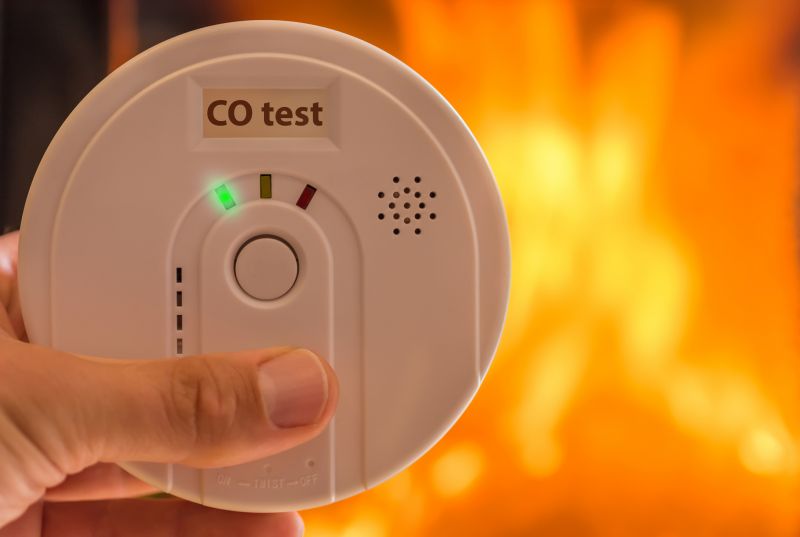
Modern, CO detectors are used for accurate readings during testing.

Professional testing involves specialized devices for precise detection.
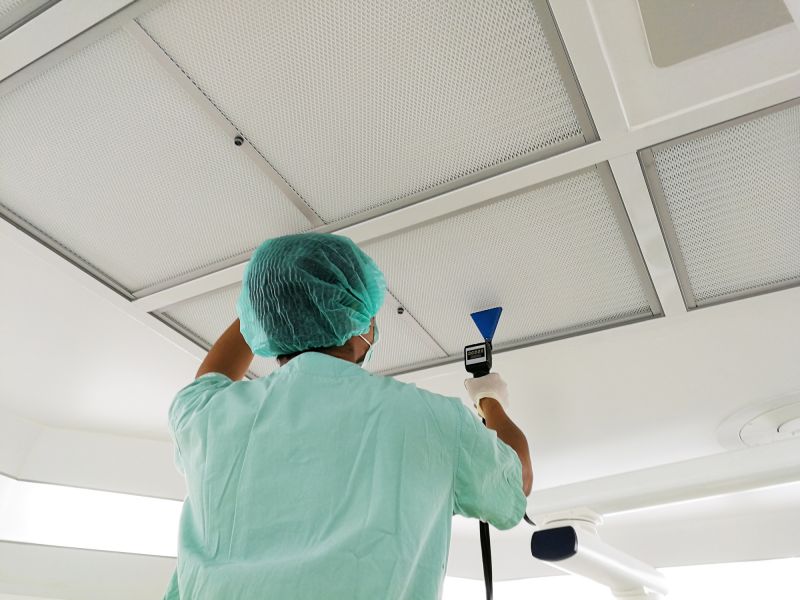
Proper ventilation can influence testing outcomes and safety measures.

Ways to make Carbon Monoxide Testings work in tight or awkward layouts.
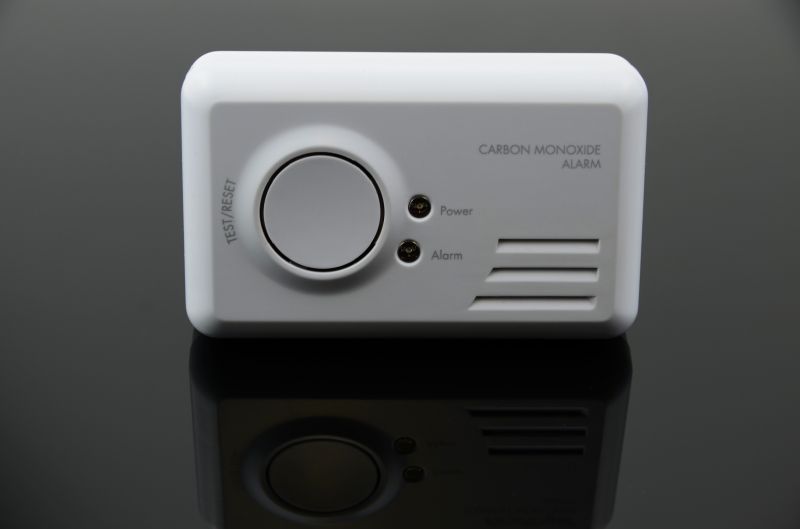
Popular materials for Carbon Monoxide Testings and why they hold up over time.
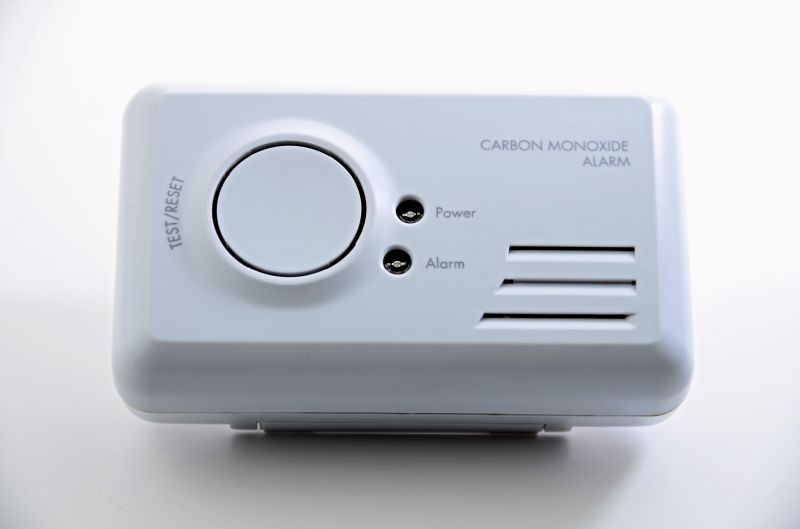
Simple add-ons that improve Carbon Monoxide Testings without blowing the budget.
Carbon Monoxide Testing is a vital safety measure, especially in environments with fuel-burning appliances, fireplaces, or poor ventilation. The gas can accumulate quickly and is often undetectable without proper equipment. According to statistics, carbon monoxide poisoning results in numerous emergency visits annually, emphasizing the importance of regular testing. Early detection through scheduled testing can prevent serious health issues and save lives.
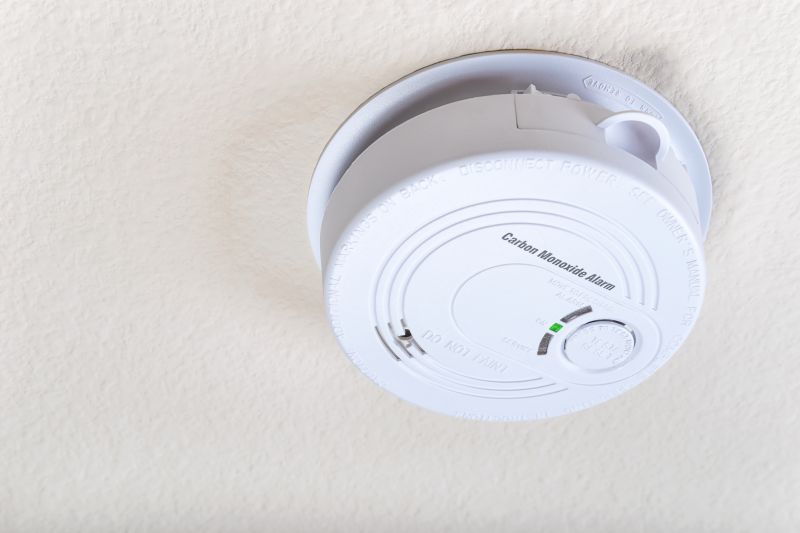
A typical installation point for carbon monoxide detectors.
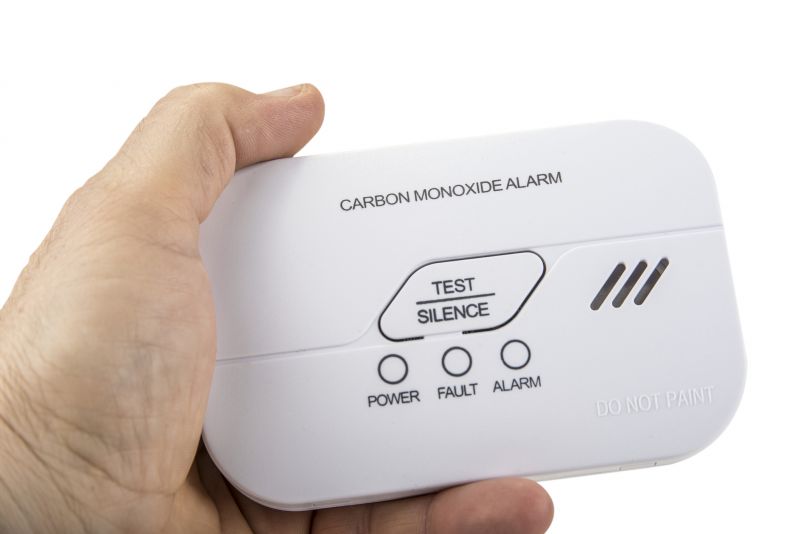
A handheld device used for measuring, CO levels.

Monitoring systems that include, CO detection features.
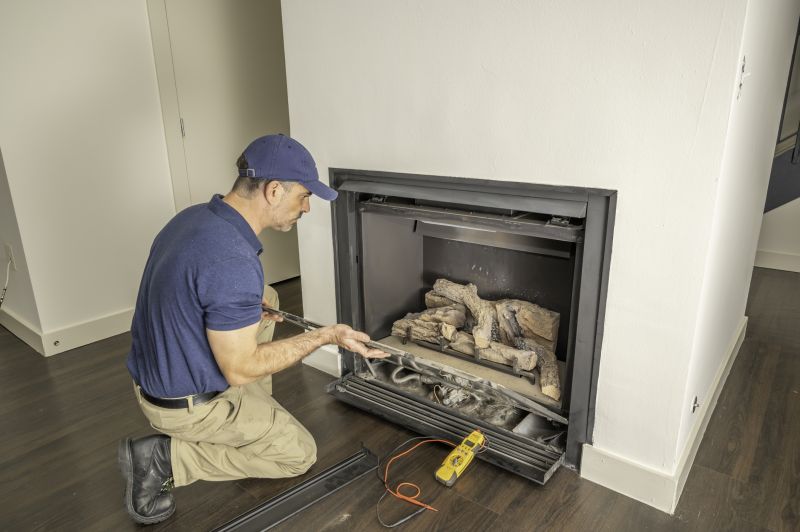
Potential source of, CO leaks requiring testing.

High-end options that actually feel worth it for Carbon Monoxide Testings.
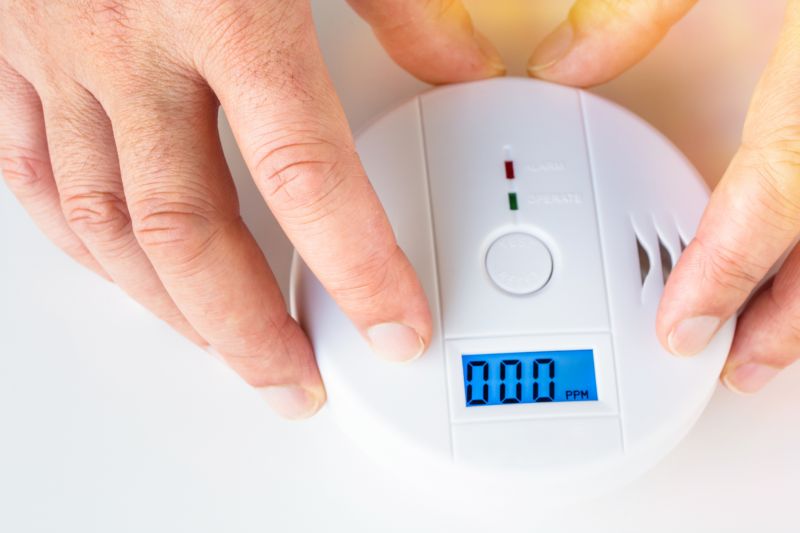
Finishes and colors that play nicely with Carbon Monoxide Testings.
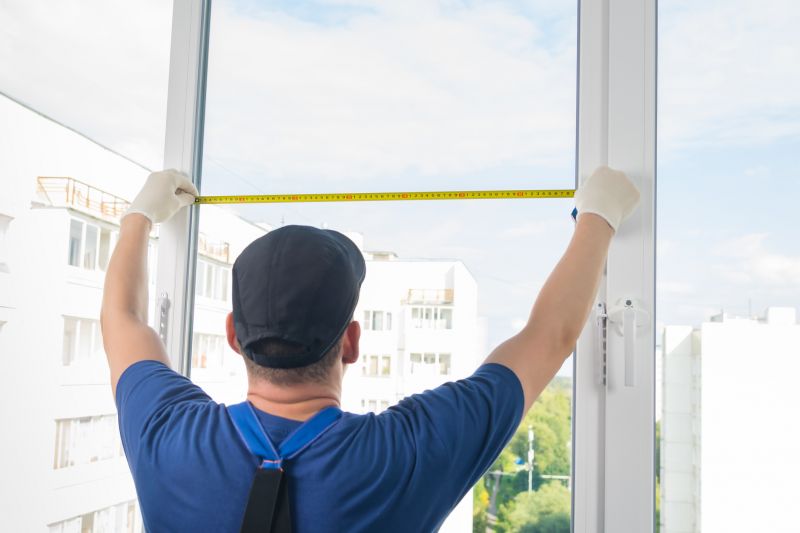
Little measurements that prevent headaches on Carbon Monoxide Testings day.
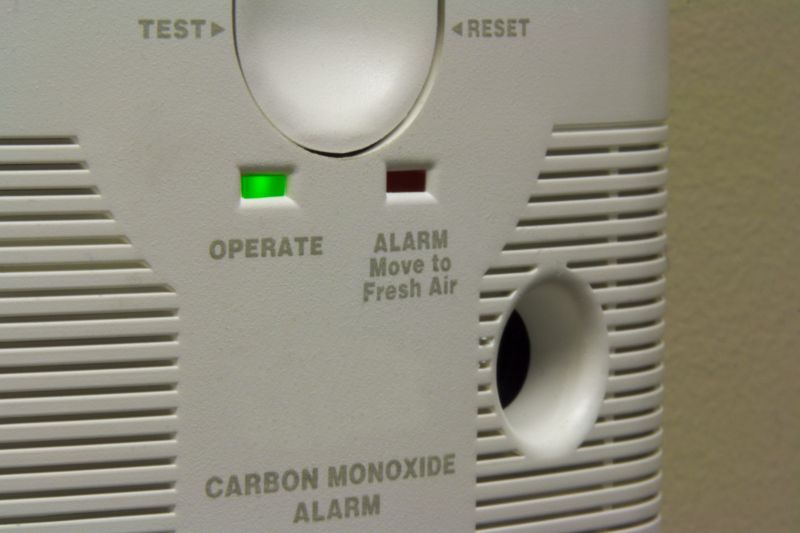
A 60-second routine that keeps Carbon Monoxide Testings looking new.
| Timing Consideration | Recommended Action |
|---|---|
| Seasonal Changes | Schedule testing before and after winter and summer seasons. |
| Post-Installation | Test newly installed appliances or systems immediately after setup. |
| Suspicious Symptoms | Test immediately if symptoms like headaches or dizziness occur. |
| Property Transactions | Conduct testing prior to property sale or purchase. |
| High-Risk Areas | Perform frequent testing in poorly ventilated or fuel-dependent spaces. |
| Routine Maintenance | Include in annual or bi-annual maintenance checks. |
Regular carbon monoxide testing is a proactive approach to safety. It is especially important during periods of increased appliance use or after any modifications to heating systems. Ensuring proper ventilation and timely testing can significantly reduce the risk of, CO buildup. Property owners and occupants are encouraged to stay vigilant and schedule tests at appropriate intervals to maintain a safe environment.
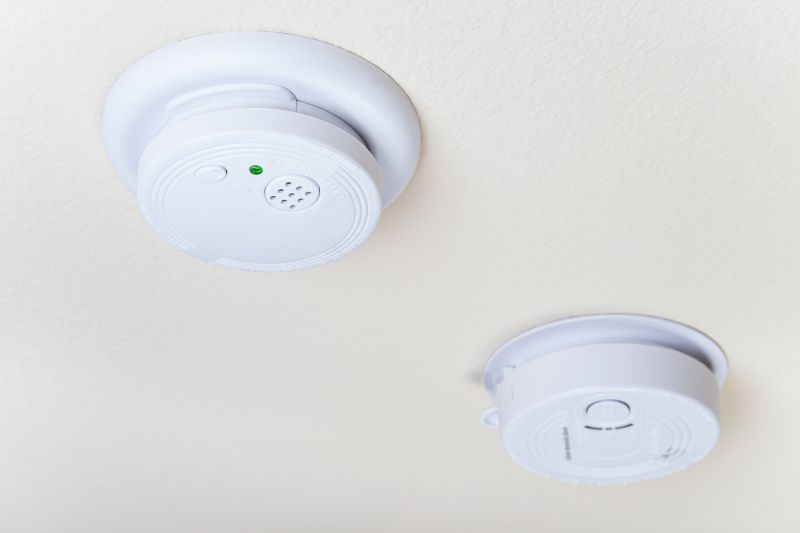
A comprehensive kit used for conducting accurate tests.
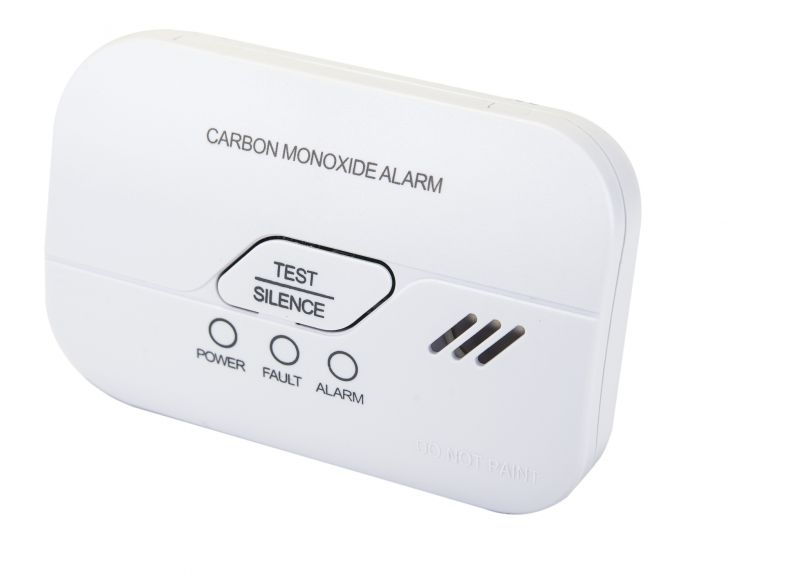
CO detectors sounding an alarm during detection.

Regular inspection of detectors and testing equipment.
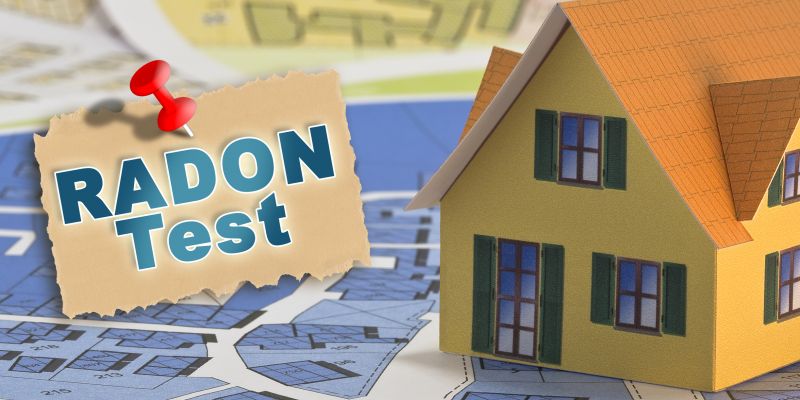
A frequent mistake in Carbon Monoxide Testings and how to dodge it.
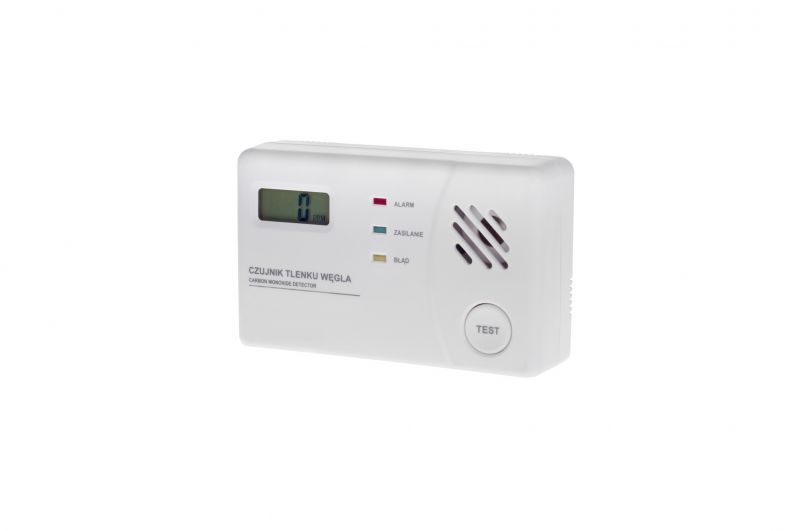
Small tweaks to make Carbon Monoxide Testings safer and easier to use.

Lower-waste or water-saving choices for Carbon Monoxide Testings.
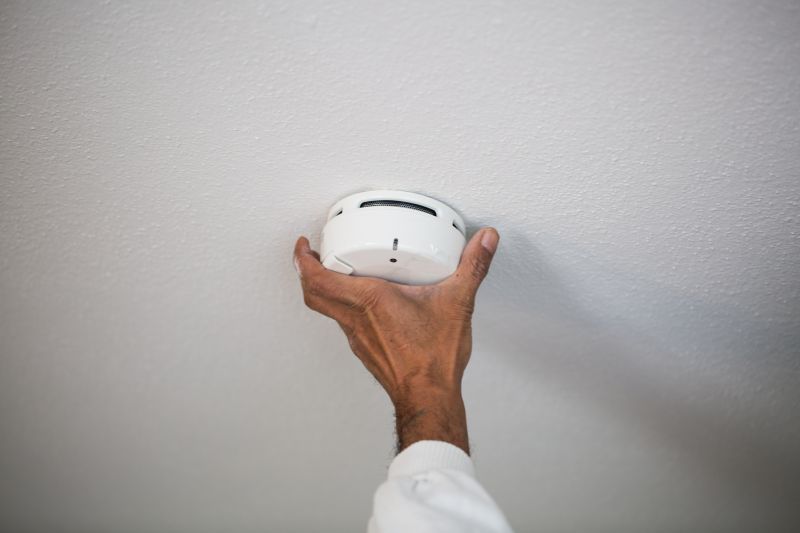
The short, realistic tool list for quality Carbon Monoxide Testings.

Rough timing from prep to clean-up for Carbon Monoxide Testings.
Interested in scheduling carbon monoxide testing to ensure safety? Filling out the contact form provides an opportunity to arrange professional assessments tailored to specific environments. Regular testing helps maintain a safe space and complies with safety standards.



